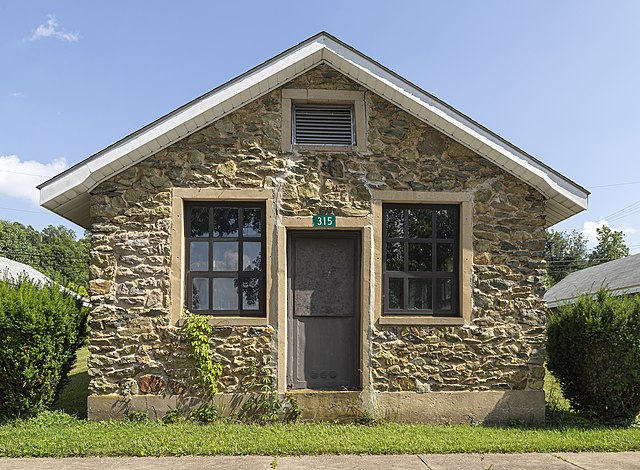The Maryland Department of Housing and Community Development has announced the second recipient of the State of Maryland’s Catalytic Revitalization Tax Credit, designed to rehabilitate formerly government-owned properties for economic and community development purposes. The redevelopment of Fort Ritchie in Washington County will receive a state tax credit worth up to $15 million for the comprehensive redevelopment and reuse at the historic site of the former military base.
During World War II, the property in Cascade, Maryland, served as the War Department Military Intelligence Training Center. Fort Ritchie was closed in 1998 under the Base Realignment and Closure Act. The project will work in phases to adapt the existing historic stone buildings into retail and manufacturing, as well as provide new infill housing. The Maryland Department of Housing and Community Development also awarded the project a Community Legacy program grant earlier this year to turn a dilapidated structure at Fort Ritchie into an artisan village, as well as to preserve an historic Japanese Nisei mural inside.
In 2019 Preservation Maryland’s advocacy team, elected officials, and other stakeholders sought an answer to what to do with large vacant historic complexes in Maryland. A committee was formed and the project team chose three undeveloped historic complexes as case studies. The study included barriers to advance large complex preservation projects and recommendations to begin to overcome them. The Catalytic Revitalization Tax Credit program was created as a direct result of the study’s findings.
Passed in the 2021 General Assembly session and signed into law by Governor Hogan, Senate Bill 885 created the Catalytic Revitalization Tax Credit. It supports the rehabilitation and renovation of a campus of properties formerly owned by the State of Maryland or the federal government, including: colleges or universities; public schools; hospitals and mental health facilities, and; military facilities or installations. These properties have typically been vacant for a significant time and often require mitigation of a variety of environmental and health hazards.

